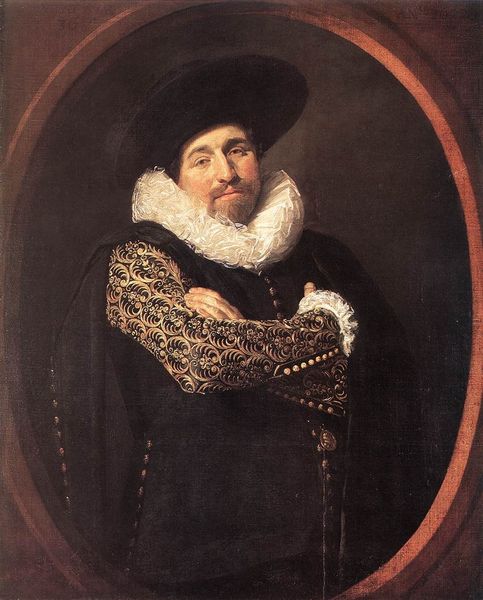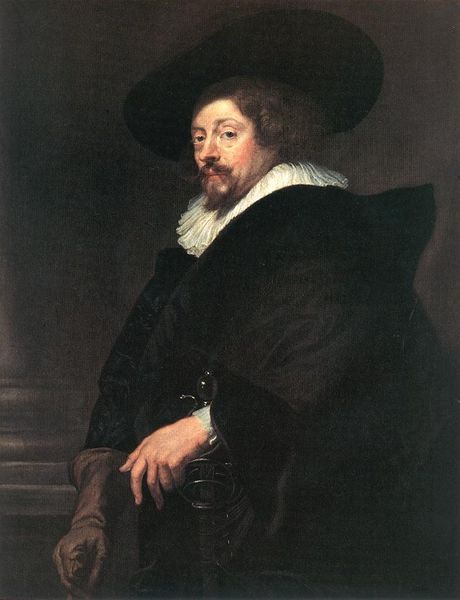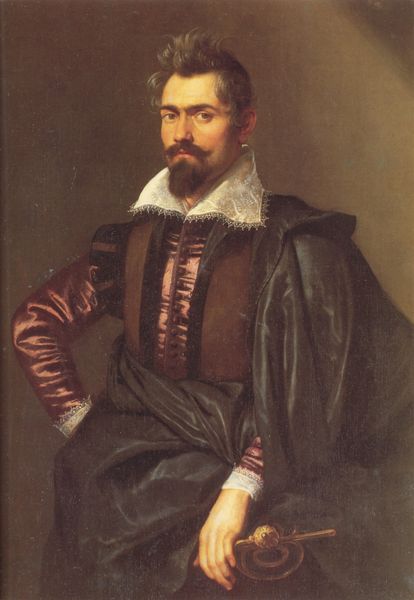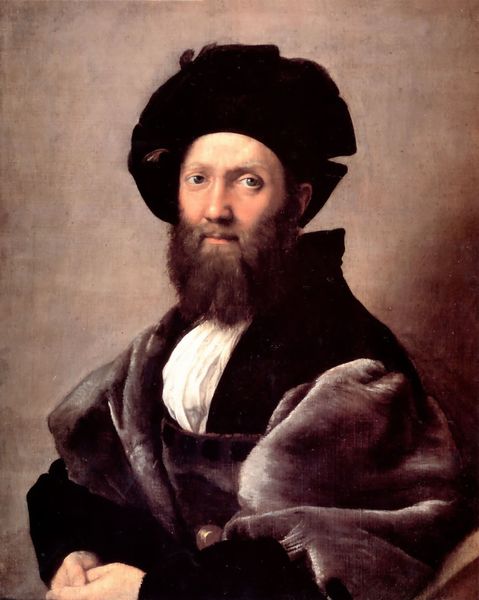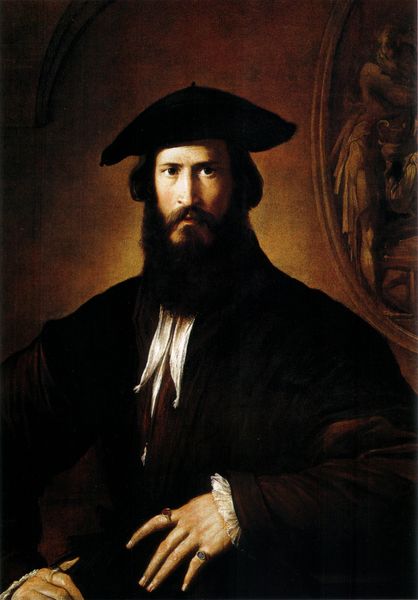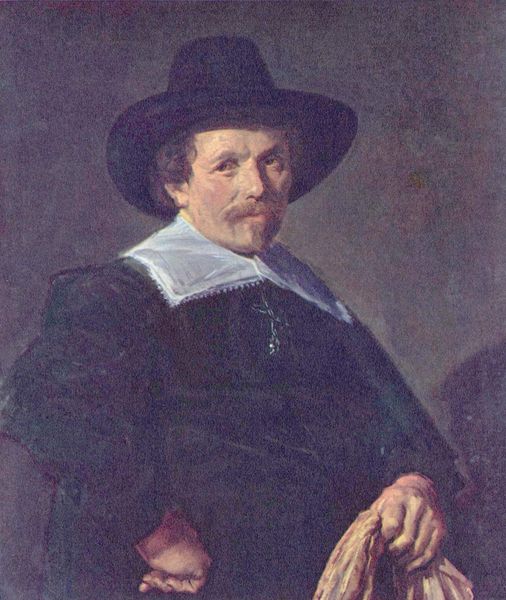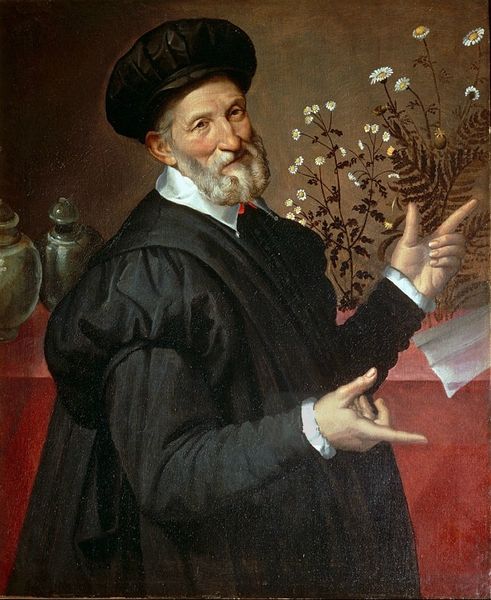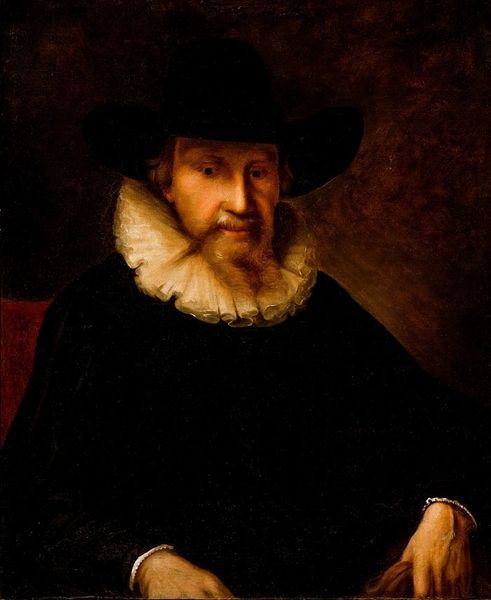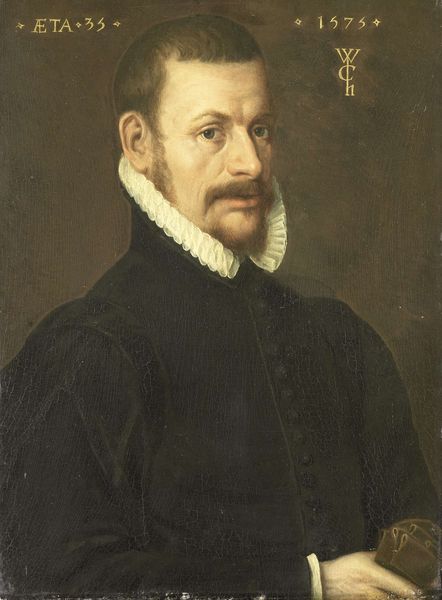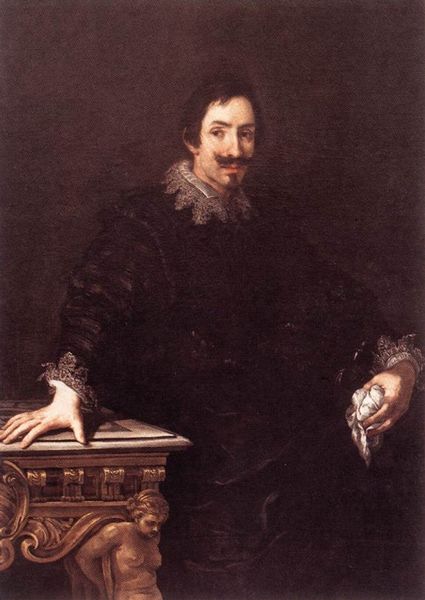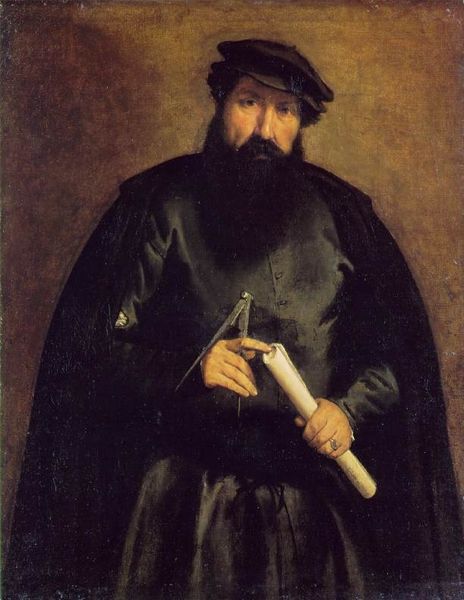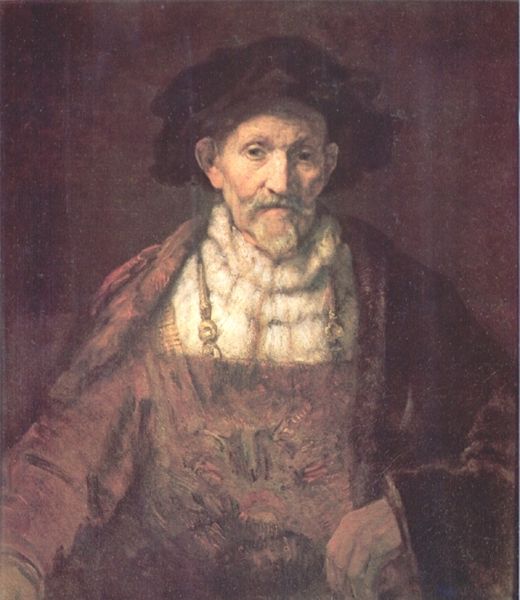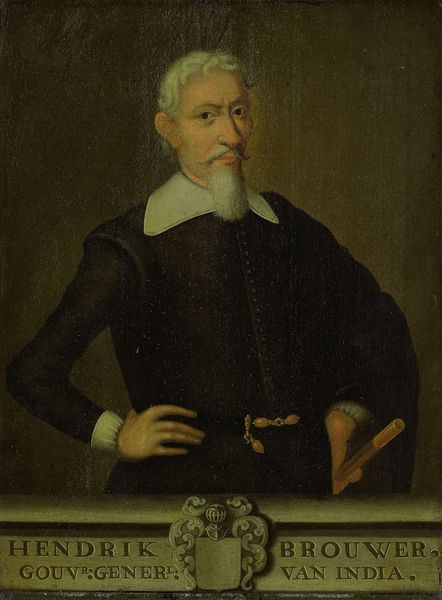
oil-paint
#
portrait
#
baroque
#
dutch-golden-age
#
portrait
#
oil-paint
#
realism
Dimensions: 116.8 x 87.3 cm
Copyright: Public domain
Curator: Looking at this piece, I'm struck by how tangible the light feels. It's like Rembrandt just scooped up some sunshine and smeared it onto the canvas. There's a melancholic richness to it, wouldn’t you agree? Editor: Absolutely, the Frick Collection's “Portrait of Nicolaes Ruts,” painted in 1631, showcases that signature Rembrandt drama, yes. Nicolaes Ruts was a wealthy fur trader. It’s interesting to consider how these powerful merchant families invested in the imagery surrounding them, and how the paintings could create a social presence. Curator: That opulent fur coat is definitely telling. Almost daring you to reach out and stroke it, isn’t it? I get this sense that Mr. Ruts was a practical, grounded sort of person, successful yet perhaps a touch weary of the world's vanities. Editor: Well, the Baroque era, the Dutch Golden Age in particular, thrived on this intersection of materialism and a sober kind of self-awareness. These portraits were not just about status; they reflected a complex cultural moment. Think about the Reformation’s influence! Restrained, yet striving... Curator: Precisely. And you see it even in the restrained palette – the browns and blacks allowing the face to really pop, all illuminated. Rembrandt had an incredible ability to make skin look like skin – it's almost unnervingly lifelike. It’s that realism at its peak, which has its way of hinting a person's psychology. Editor: Right, and that psychology played a critical role. Consider the placement of this portrait, as part of a larger art market for a growing middle class in the Dutch Republic. The individual was being understood within a shifting economic structure. A certain level of respectability needed to be produced and sold to the public. Curator: Fascinating how those social dynamics trickle down into the brushstrokes! It really gives another level of insight to Rembrandt's mastery to realize he not only paints a face, but almost embodies the social climate around it. I do see what the Frick collection sees in this portrait. Editor: Indeed, and it highlights how the viewing experience transforms across history. What was immediately apparent to a 17th-century Amsterdammer is very different than what resonates for us today within our own web of socio-political perspectives.
Comments
No comments
Be the first to comment and join the conversation on the ultimate creative platform.
